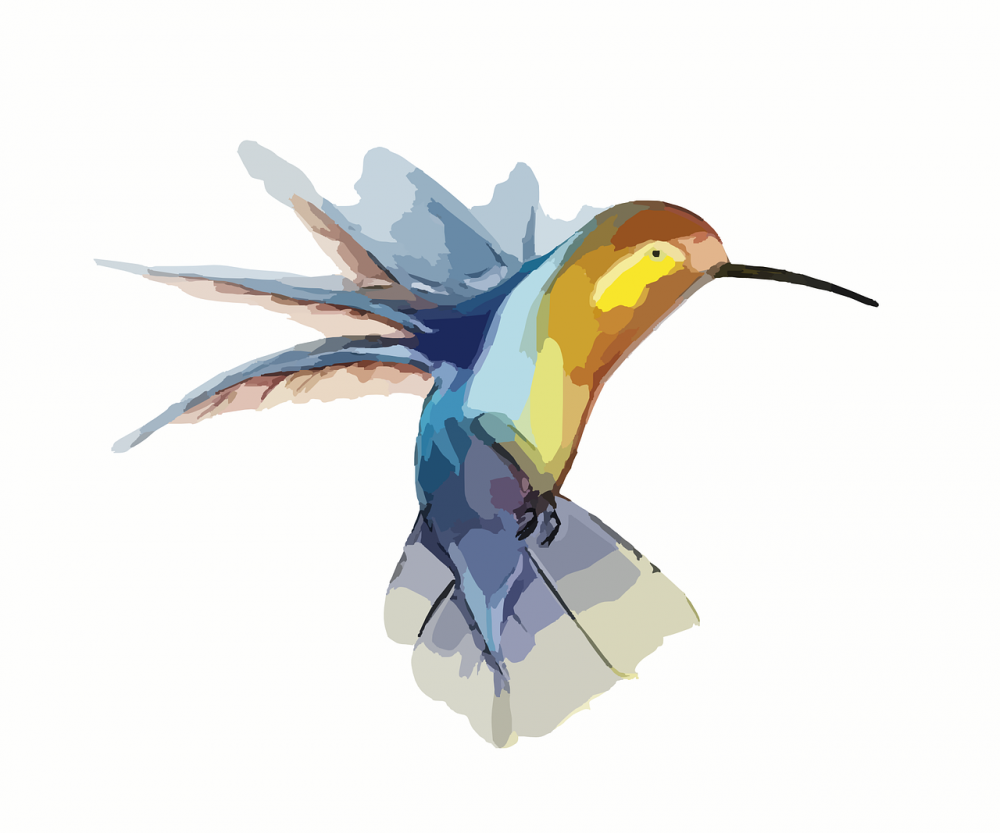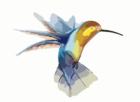Futurism konst: Exploring the Art of the Future

Futurism Konst: Exploring the Art of the Future
Introduction:

Futurism art, an avant-garde movement that emerged in the early 20th century, sought to capture the essence of modernity and embrace the excitement of technology and progress. With a focus on speed, dynamism, and the machine age, futurist artists aimed to depict the fast-paced, ever-changing world around them. This article delves into the world of futurism art, providing a comprehensive overview, discussing different types of futurist art, exploring its popularity, and presenting a historical analysis of its pros and cons.
An Overview of Futurism Art
Futurism art, founded in Italy by Filippo Tommaso Marinetti in 1909, aimed to break away from traditional artistic conventions and embrace a new sense of modernity. It rejected sentimentality and sought to capture the dynamism of urban life, celebrating the industrial revolution and technological advancements. Futurist artists sought to infuse their artwork with movement, speed, and energy, often using bold colors and experimental techniques.
Types and Popular Forms of Futurism Art
Futurism art encompassed various forms and mediums, including painting, sculpture, literature, music, and architecture. Painting was the most prominent form, with artists such as Umberto Boccioni, Giacomo Balla, and Gino Severini leading the movement. They experimented with vibrant colors, fragmented forms, and abstract compositions to convey the idea of movement and speed.
Sculpture in futurism art aimed to capture the dynamic energy of the human body and machines. Artists like Boccioni pushed the boundaries of traditional sculpture, creating abstract and fragmented forms that portrayed the sense of motion. Literature, particularly manifestos, played a significant role in futurism, where Marinetti and others expressed their beliefs and visions for the future.
Quantitative Measurements of Futurism Art
Quantitative measurements can provide insights into the impact and popularity of futurism art. Looking at art market trends and auction records, notable futurist artworks have achieved high prices, indicating a strong demand in the art market. Museums and galleries worldwide also showcase futurist art as an important part of art history.
Additionally, social media can serve as a quantitative measurement tool to gauge the popularity of futurism art among the general public. Examining the number of likes, shares, and comments on posts related to futurism art can give us an indication of its reach and influence.
Differences in Futurism Art
While futurism art as a movement shared common principles, various artists and sub-movements within futurism approached the concept differently. Some artists focused more on portraying the human figure in motion, while others emphasized the mechanical and industrial aspects of modernity. Styles ranged from the dynamic and fragmented compositions of Boccioni to the more abstract and geometric approach of Balla.
Furthermore, regional variations and external influences also shaped the development of futurism art, with different countries adopting and adapting the movement in their own unique ways. For example, Russian futurism had a distinct political and social agenda, merging art with revolutionary ideologies.
Historical Overview of Pros and Cons in Futurism Art
Futurism art, like any artistic movement, had its strengths and weaknesses. On one hand, it celebrated the energy of modern life, embraced technological advancements, and broke away from traditional artistic norms. Futurism art also paved the way for future avant-garde movements and inspired artists in various disciplines.
However, futurism art has been criticized for its association with fascist ideologies, particularly in Italy during the rise of Benito Mussolini. Some argue that the movement’s celebration of war and violence overshadowed its artistic achievements. Others view futurism art as overly focused on the male experience, neglecting gender equality and diversity.
In conclusion, futurism art emerged as a dynamic and influential movement in the early 20th century, aiming to capture the essence of modernity, speed, and progress. With its emphasis on movement, energy, and technological advancements, futurist artists experimented with various forms and mediums to convey their vision. While futurism art has faced criticisms and drawbacks, its impact on the art world cannot be denied. As we move forward into the future, futurism art continues to inspire and provoke discussions about the intersection of art, technology, and society.











